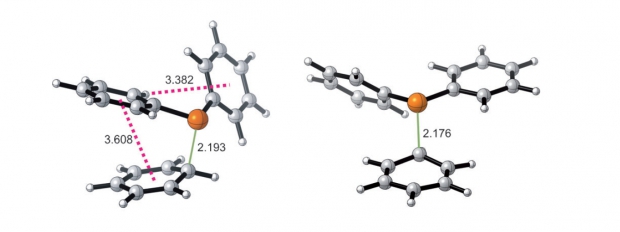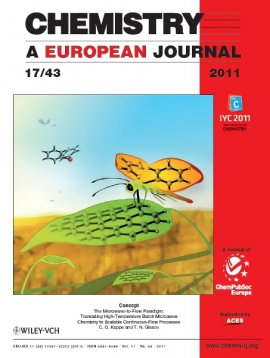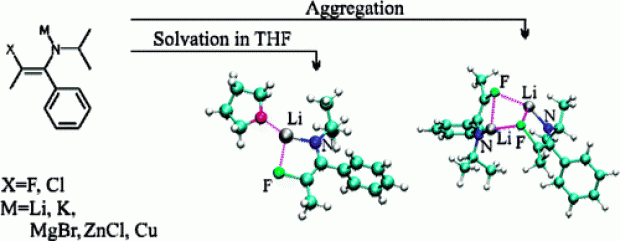Competitive Reactions of Organophosphorus Radicals on Coke Surfaces


Abstract
The efficacy of organophosphorus radicals as anticoking agents was subjected to a computational study in which a representative set of radicals derived from industrially relevant organophosphorus additives was used to explore competitive reaction pathways on the graphene-like coke surface formed during thermal cracking. The aim was to investigate the nature of the competing reactions of different organophosphorus radicals on coke surfaces, and elucidate their mode of attack and inhibiting effect on the forming coke layer by use of contemporary computational methods. Density functional calculations on benzene and a larger polyaromatic hydrocarbon, namely, ovalene, showed that organophosphorus radicals have a high propensity to add to the periphery of the coke surface, inhibiting methyl radical induced hydrogen abstraction, which is known to be a key step in coke growth. Low addition barriers reported for a phosphatidyl radical suggest competitive aptitude against coke formation. Moreover, organophosphorus additives bearing aromatic substituents, which were shown to interact with the coke surface through dispersive π–π stacking interactions, are suggested to play a nontrivial role in hindering further stacking among coke surfaces. This may be the underlying rationale behind experimental observation of softer coke in the presence of organophosphorus radicals. The ultimate goal is to provide information that will be useful in building single-event microkinetic models. This study presents pertinent information on potential reactions that could be taken up in these models.

